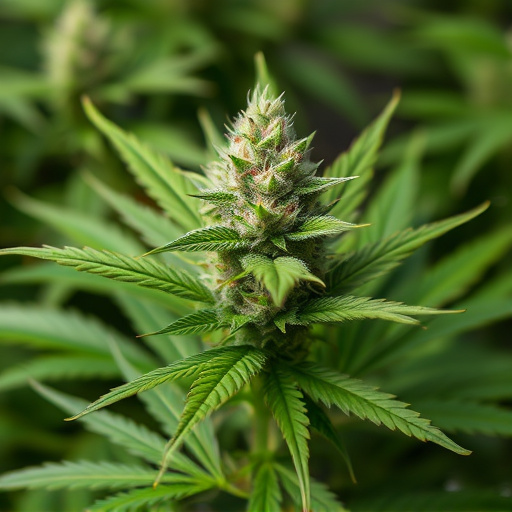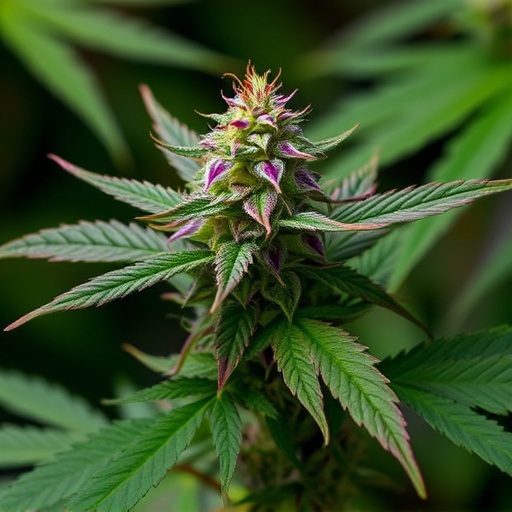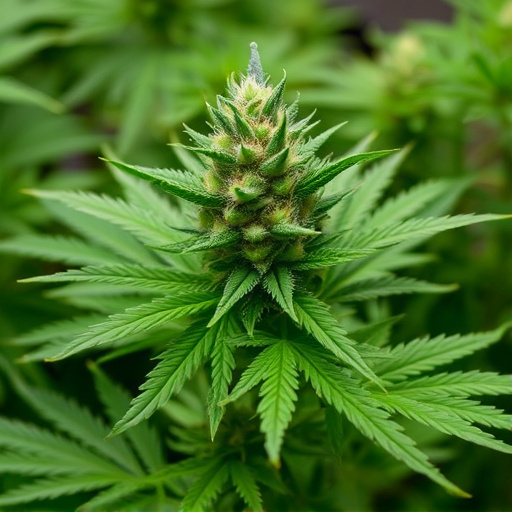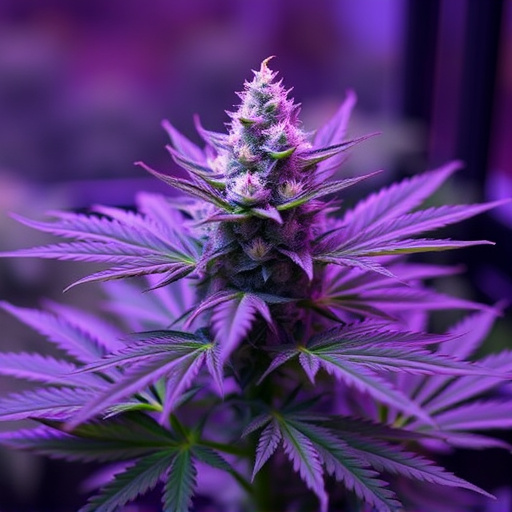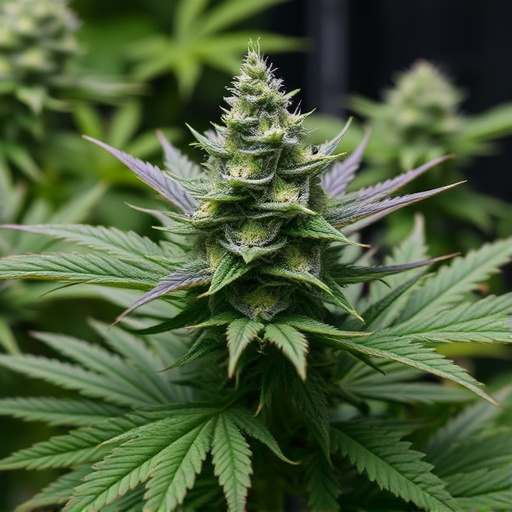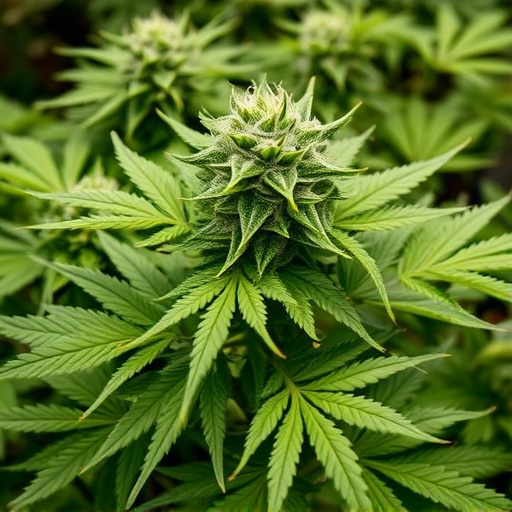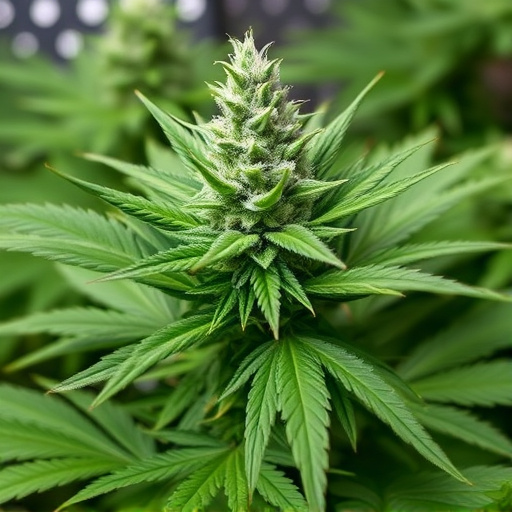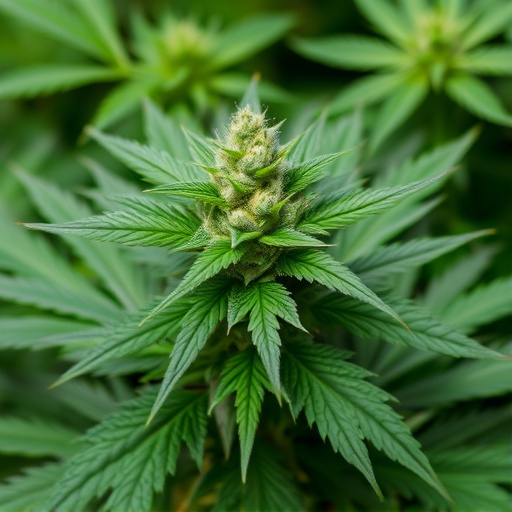Smoking cannabis can cause short-term side effects like altered senses, increased heart rate, and heightened anxiety, with higher THC levels intensifying these. Some users prefer low-THC, high-CBD strains like certain Indica varieties for a gentler experience. The easiest cannabis strains to grow include Indicas like Northern Lights and Purple Haze, and Sativas like Gorilla Glue and Blue Dream, known for their resilience, yield, and potent aromas. These strains simplify cultivation, offering milder effects due to CBD's balancing effect on THC.
“Smoking weed, while often perceived as harmless, comes with a range of side effects that can significantly impact daily life. From immediate mental and physical reactions to long-term health implications, this article delves into the unintended consequences of cannabis use. We explore short-term effects like anxiety, dizziness, and cognitive disruption, along with persistent issues such as respiratory problems, mental health disorders, and potential addiction. Furthermore, we analyze how cannabis consumption can affect relationships, work performance, and educational pursuits, offering insights into the challenges faced by users. Understanding these side effects is crucial, especially when considering the growing accessibility of cannabis, including some of the easiest strains to grow.”
- Short-Term Side Effects
- – Mental Impacts: Anxiety, Paranoia, and Psychosis
- – Physical Reactions: Dizziness, Red Eyes, and Increased Heart Rate
Short-Term Side Effects
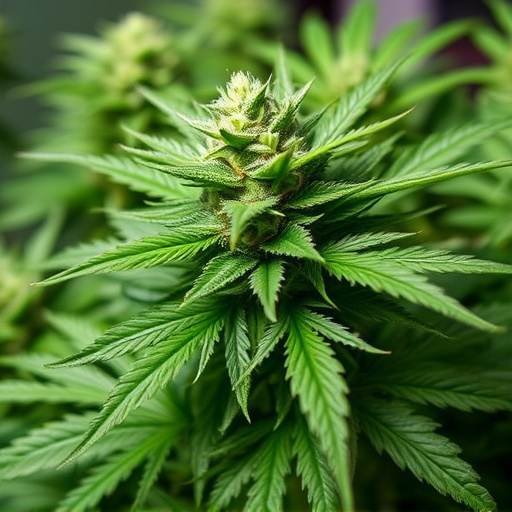
Smoking weed, or cannabis, can lead to a range of short-term side effects that vary from person to person. Some of the most common immediate consequences include altered senses and perception, increased heart rate, and heightened anxiety or paranoia, especially in those new to using the substance. These effects are often more pronounced with higher THC content, which is why many individuals opt for easier-to-grow cannabis strains known for lower THC and higher CBD levels.
The ease of cultivation doesn’t necessarily correlate with reduced side effects, but certain strains renowned for their accessibility and low THC, like some Indica varieties, may offer a gentler experience. However, it’s crucial to remember that individual reactions differ, and what seems like an “easiest” strain might not suit everyone. Understanding these short-term impacts is essential for users, especially those new to cannabis, to make informed decisions and ensure a safer experience.
– Mental Impacts: Anxiety, Paranoia, and Psychosis

– Physical Reactions: Dizziness, Red Eyes, and Increased Heart Rate
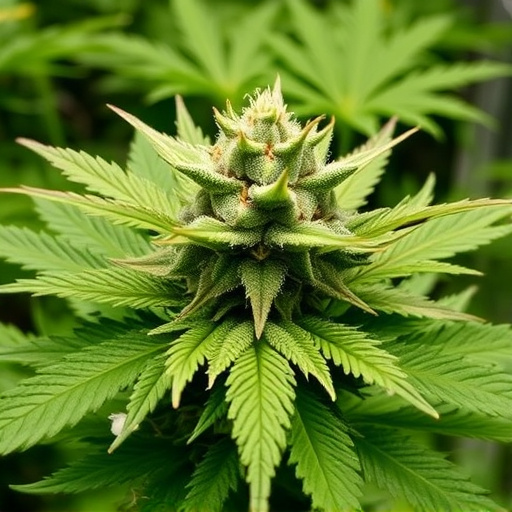
Smoking weed can trigger a range of physical reactions, especially for beginners or those consuming higher concentrations. Some of the most common immediate effects include dizziness and lightheadedness, which can be quite unsettling, especially in individuals unaccustomed to cannabis use. This sensation is often accompanied by redness in the eyes—a telltale sign that your body is adjusting to the drug’s impact on blood vessels. An increased heart rate is another typical response, leading to a faster pulse and a potential sense of anxiety or palpitations. These physical reactions are part of the body’s natural defense mechanism, trying to regulate itself in the face of what it perceives as a foreign substance.
Interestingly enough, certain cannabis strains known for their lower THC content and higher CBD levels, often considered among the easiest cannabis strains to grow, might produce milder physical effects. This is because CBD has been shown to counteract some of THC’s more potent side effects, including those mentioned above. Growers who cultivate these particular strains may find that their plants offer a smoother experience for consumers, especially those sensitive to intense physical reactions.
While cannabis has its recreational allure, it’s crucial to be aware of the potential side effects. Short-term impacts can include mental disturbances like anxiety and paranoia, as well as physical reactions such as dizziness and red eyes. Even seemingly mild strains, often touted as the easiest cannabis strains to grow, may trigger these effects in susceptible individuals. Understanding these temporary consequences is essential for responsible use, especially considering the growing accessibility of cannabis products.


